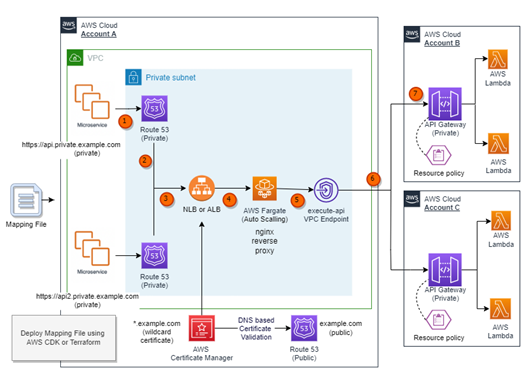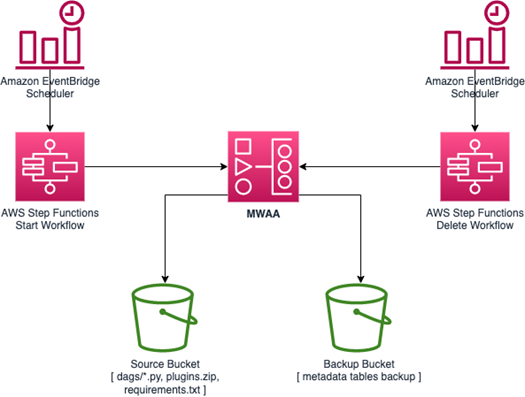AWS Compute Blog
Implementing the transactional outbox pattern with Amazon EventBridge Pipes
Reliable interservice communication is an important consideration in microservice design, especially when faced with dual writes. Combining the transactional outbox pattern with dual writes provides a robust way of improving message reliability.
Using response streaming with AWS Lambda Web Adapter to optimize performance
Lambda response streaming can improve the TTFB for web pages. With the support of AWS Lambda Web Adapter, developers can more easily package web applications that support Lambda response streaming, enhancing the user experience and performance metrics of their web applications.
Python 3.11 runtime now available in AWS Lambda
You can build and deploy functions using Python 3.11 using the AWS Management Console, AWS CLI, AWS SDK, AWS SAM, AWS CDK, or your choice of Infrastructure as Code (IaC). You can also use the Python 3.11 container base image if you prefer to build and deploy your functions using container images.
Migrating AWS Lambda functions from the Go1.x runtime to the custom runtime on Amazon Linux 2
Lambda is deprecating the go1.x runtime in line with Amazon Linux 1 end-of-life, scheduled for December 31, 2023. Customers using Go with Lambda should migrate their functions to the provided.al2 runtime. Benefits include support for AWS Graviton2 processors with better price-performance, and a streamlined invoke path with faster performance.
Decoupling event publishing with Amazon EventBridge Pipes
When building event-driven applications, consider whether you can replace application code with serverless integration services to improve the resilience of your application and provide a clean separation between application logic and system dependencies.
Understanding AWS Lambda’s invoke throttling limits
This blog explains three key throttle limits applied on Lambda invokes: the concurrency limit, TPS limit and burst limit. It outlines the relationship between these limits and how each one protects the system and your workload from noisy neighbors. Equipped with this knowledge you can better interpret any 429 throttling exceptions you may receive while scaling your applications on Lambda.
Ruby 3.2 runtime now available in AWS Lambda
Get started building with Ruby 3.2 today by making necessary changes for compatibility with Ruby 3.2, and specifying a runtime parameter value of ruby3.2 when creating or updating your Lambda functions.
Implementing custom domain names for Amazon API Gateway private endpoints using a reverse proxy
This blog post demonstrates a solution that allows customers to utilize their private endpoints securely with API Gateway across AWS accounts and within a VPC network by using a reverse proxy with a custom domain name. The solution offers a simplified approach to manage the mapping between private endpoints with API Gateway and custom domain names, ensuring seamless connectivity and security.
Automating stopping and starting Amazon MWAA environments to reduce cost
This was written by Uma Ramadoss, Specialist Integration Services, and Chandan Rupakheti, Solutions Architect. This blog post shows how you can save cost by automating the stopping and starting of an Amazon Managed Workflows for Apache Airflow (Amazon MWAA) environment. It describes how you can retain the data stored in a metadata database and presents […]
Extending a serverless, event-driven architecture to existing container workloads
The blog explains a way to integrate existing container workload running on AWS Fargate with a new event-driven architecture. You use EventBridge to decouple different services from each other that are built using different compute technologies, languages, and frameworks. Using AWS CDK, you gain the modularity of building services decoupled from each other.










